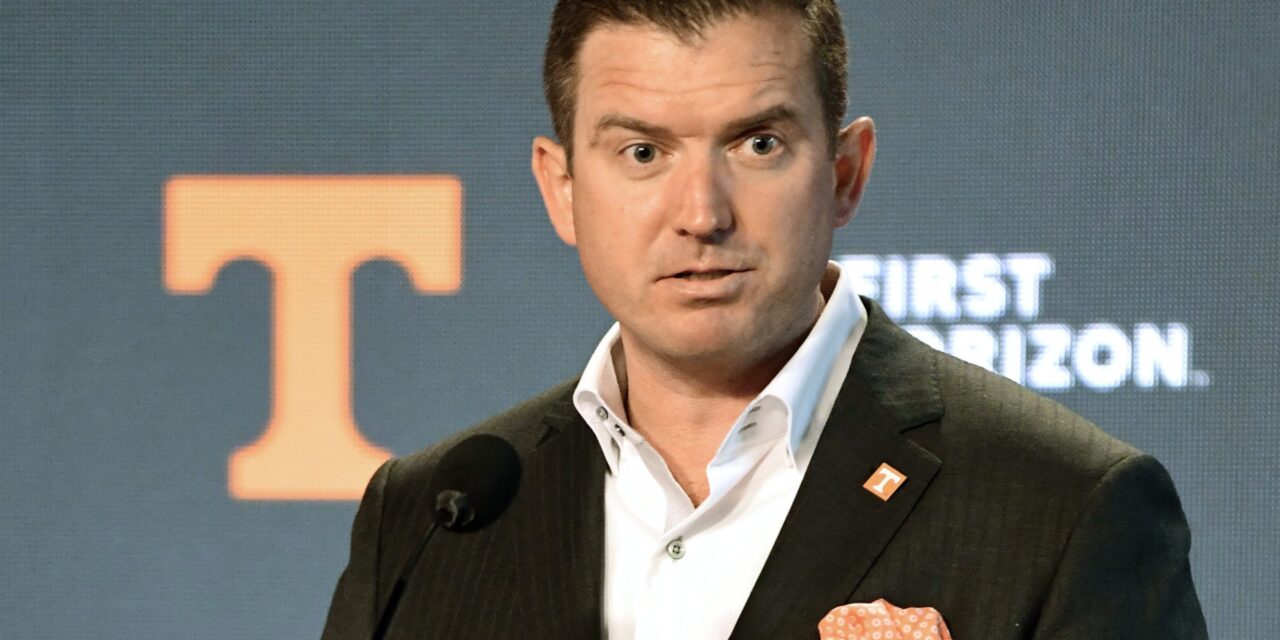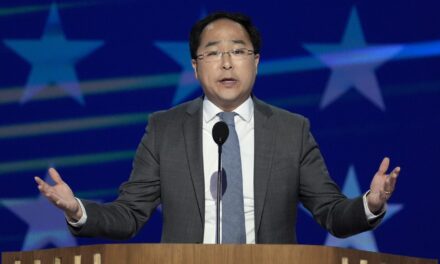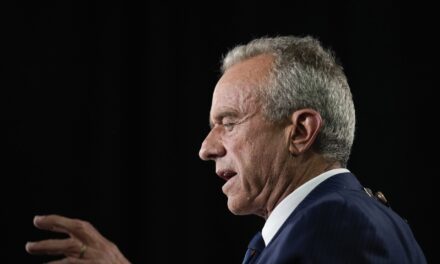This article is from: srnnews.com
LOUISVILLE, Ky. (AP) — The quiet part about the evolving landscape of name, image and likeness compensation in college athletics was bound to be said out loud, and it wasn’t that shocking when Tennessee’s athletic department stepped forward, cleared its collective throat and stated the obvious.
A week has passed since the school announced a 10% “talent fee” for 2025 football season ticket renewals to help pay its athletes and help the No. 5 Vols attract and keep the best talent. That’s in addition to a 4.5% hike that athletic director Danny White explained on video helps the program “remain flexible” as the collegiate model changes.
The price hike could be viewed as a preemptive move following an agreement to pay $2.78 billion in damages to hundreds of thousands of athletes dating to 2016. As part of that settlement, schools have agreed to distribute up to $21 million in revenue to athletes annually, starting as early next fall.
Anticipating all of that hitting their budgets, some schools have already incorporated ticket price increases. Tennessee might be the first to mention a surcharge specifically for talent as the bidding wars for top players are exposed for what they are.
“I can’t imagine that they’re going to be the only ones that announce something like that,” Louisville AD Josh Heird told The Associated Press. “It’s just, how do you feel like you can as an athletic department come up with that from that rev share number to try to compensate the student-athletes at the highest possible level?”
The NCAA in July 2021 opened the door for NIL payments to athletes, which led to the advent of so-called collectives, funded by boosters, around many programs that are separate from school athletic departments. It’s too early to predict where collectives will end up, but regulating them is a key part of the settlement.
As for talent fees, the question is whether season ticket holders will accept paying another surcharge besides charges for handling and convenience added to the face value. Ditto for the single-game spectator mulling how much the price of admission will run.
Judging from the announcement from Tennessee — which consistently sells out 101,915-seat Neyland Stadium for Vols home games with thousands more on a waiting list — indications are they will. And the school likely has plenty of company at football powerhouses such as Alabama, Georgia, Ohio State and Texas, for starters.
But that fan acceptance also ratchets up the high expectation of hoisting the national championship trophy, or at least of regular appearances in the expanded 12-team College Football Playoff. Not that any of those schools have a problem understanding the assignment.
“Given the landscape of college athletics and today’s economy, I think most fans at the power conference schools will likely be OK with a marginal talent fee or tax like what we’re seeing here because they want to field competitive teams,” said Lamar Reams, department chair and professor of sports administration at Ohio University.
“For the fans, this is a very specified and transparent tax that they know that they can contribute to. So, if there’s some success on the field and down the line, they can certainly take the perspective that they had or played some role in contributing to that.”
Reams noted that such fees might not be palatable for fans of a school with less football success or tradition. And those willing to pay initially may balk eventually if the on-field or on-court results don’t provide a return on the investment.
Given the huge disparities between athletic scholarship allocations and coaches’ salaries among revenue sports at many Power Four schools, Indiana State associate professor Craig Morehead wouldn’t be shocked if talent fees became more common.
“They’re looking for new revenue sources to cover what they are seeing as a new expense rather than reallocating the resources that they have,” said Morehead, who teaches in ISU’s Department of Kinesiology, Recreation and Sport.
Talent fees could also become an option at smaller Division I schools with strong football or basketball tradition. San Diego State athletic director J.D. Wicker echoed Reams’ belief that having fans feeling more involved in the success of the team can be a positive — at times.
“If (Tennessee) is in the Jeremy Pruitt days, you’re probably not doing it,” Wicker said, referring to the Vols’ previous coach. “But if you’re top six in the country heading to Oklahoma and you have had a lot of success, it’s a lot easier.”
And as college sports prepares for revenue sharing, Wicker noted, “People are going to get creative.”
___
AP College Football Writer Ralph D. Russo and AP Pro Football Writer Teresa M. Walker contributed to this report.
___
Get poll alerts and updates on the AP Top 25 throughout the season. Sign up here. AP college football: https://apnews.com/hub/ap-top-25-college-football-poll and https://apnews.com/hub/college-football
Brought to you by www.srnnews.com






